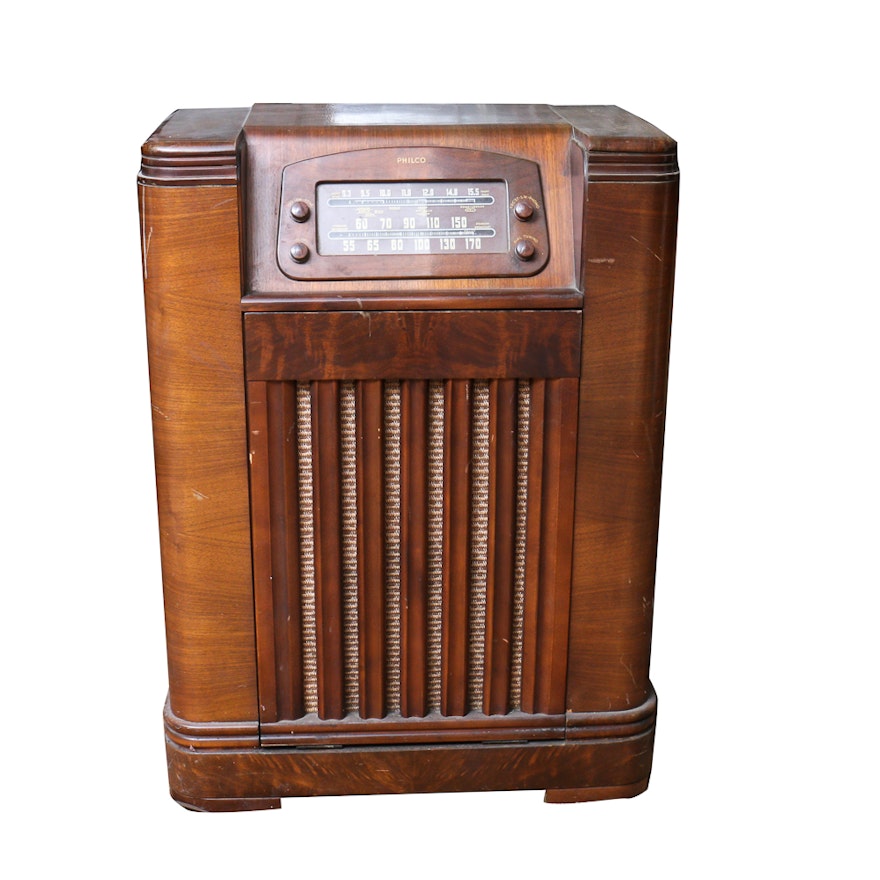LittleNipper
Gold Member
- Jan 3, 2013
- 5,613
- 839
- 130
- Thread starter
- #21
Another medium of sound recording that appeared in the late 1890's was magnetic wire recording. This was the brainchild of a Danish inventor. This process was usually applied to office dictation, meeting recording and possibly espionage! Here is a much later model from the early 1950's along with a better explaination --- revealing the history of this recording technique --- plus a demonstration!

